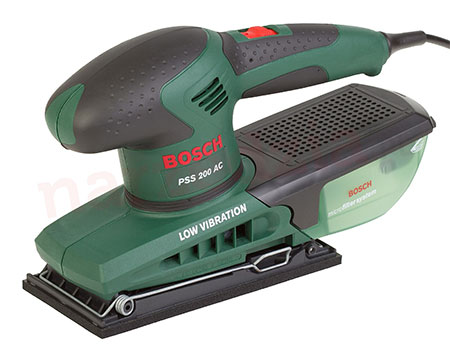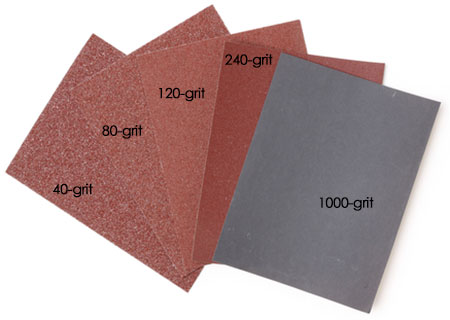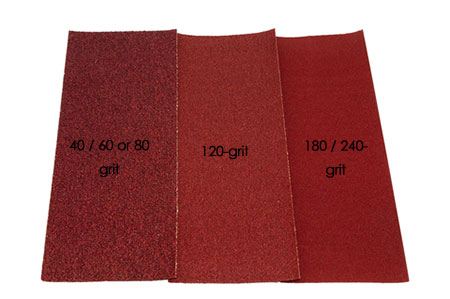Save Time on Sanding
When it comes to making your own DIY project, sanding has to be the least loved task - but did you know you can save time and money when sanding?
08/01/2018
When you need to sand a project, either before you begin assembly, or once the project is made, or even to prepare a finish for painting or varnishing, you want any sanding to be done as quickly as possible - with the least amount of effort and at minimal cost. Investing in a Bosch PSS 200 AC Orbital Sander will definitely do both and I will explain why below.
Understanding Sandpaper Grit
Before we move on to using a sander, it's essential to understand how sandpaper works and why there are so many different grits. The most important fact to bear in mind when buying sandpaper is that the lower the grit the more intensive the surface removal - the higher the grit number the smoother the finish.
You will only ever need to use 3 sandpaper grits:
1. 40-/60- or 80-grit sandpaper
These three sandpapers are for intensive surface removal and you will select the right grit according to the number of layers of paint or varnish that needs to be removed.
These coarser grit sandpapers are designed with plenty of gaps between the grit - specifically for waste collection. The gaps between the grit means they won't clog up quickly, and if you select the right grit of sandpaper for the job on hand, you will use less sandpaper and cut down on the time spent sanding.
GOOD TO KNOW: When removing layers of paint or varnish it is essential to stop before reaching the surface of the wood, as the coarse grit sandpaper will rip the wood fibres and damage the surface.
Bear in mind that you can also use 80-grit sandpaper to quickly remove excess wood along joints and edges, to chamfer (round-off) edges, and for shaping. But after using 80-grit, follow on with 120- and then 180-/240-grit sandpaper
2. 120-grit sandpaper
After removing all the layers, switch to a 120-grit sandpaper to remove any remaining paint or varnish.
3. 180- or 240-grit sandpaper
As mentioned above, the higher the number the smoother the finish, and both 180- and 240-grit sandpapers are designed to smooth and finish your project.
GOOD TO KNOW: 240-grit sandpaper is the best to use if you will be applying a stain, sealer or varnish to your finished project, as it gives a silky, smooth finish to wood.
Using the Right Sander
One thing I have noticed of late, is the lack of stock on sandpaper at my local hardware store, and it can be frustrating when you need to finish a project to discover that there is no stock of velcro-type sanding pads. This is why I prefer to use my Bosch PSS 200 Orbital Sander for general sanding jobs. This sander has a flat bed that allows you to cut and fit conventional sandpaper sheets onto the base and I do discuss this in more detail in this article.
Not only does the Bosch PSS 200 allow you to use sheet sandpaper, of which there is always plenty of stock, the integral micro filter controls dust and keeps your workspace cleaner.
At the end of the day, using the right grit sandpaper and the proper sander will make any sanding project a breeze - and save you money as well.







